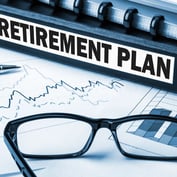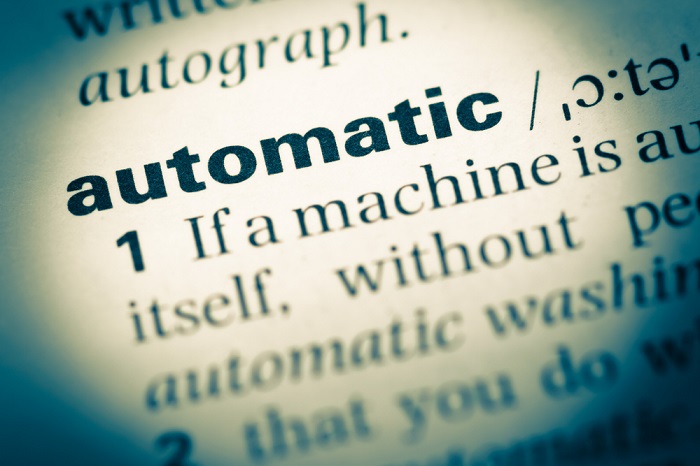Moving from defined benefit pension plans to defined contribution plans has not done the average U.S. worker any favors.
In fact, it’s made retirement more of a gamble—will there be enough money, or for that matter, any money, available when the time comes to leave the job behind?
A new study from the Center for Retirement Research at Boston College takes a look at how 401(k)s and the IRAs that mostly serve as rollover homes for 401(k) funds affect workers’ retirement health.
But while there are bright spots, the news overall isn’t good—and it’s news that’s made headlines before: Workers don’t have enough saved to see them through retirement, despite improvements in the construction of the savings vehicles they’re using.
Data from the Federal Reserve’s 2016 Survey of Consumer Finances, which provides information not only on 401(k) balances, but also on household holdings in IRAs, the report says, provide “a great opportunity to see how a strengthening economy, the continued maturation of the 401(k) system and steady stock market returns have affected workers’ retirement wealth.”
Here are seven of the findings researchers dug out of the data:
7. A (very) little good news.
We did mention bright spots, and those are the increases in the use of target-date funds and in participation rates.
But the increases haven’t been large enough to move the needle very far toward better retirement security.
6. Low or no balances.
Only about half of households, the report says, have 401(k) and/or IRA balances—and with the dwindling number of DB plans available from employers, the rest of American workers will be relying on Social Security alone. That’s not a pretty picture.
And for households approaching retirement, the SCF indicates that balances are far from what they need to be, having only increased from $111,000 in 2013 to $135,000 in 2016. That won’t keep people in any sort of adequate living conditions for very long during retirement.
But the amount households have in savings is vastly dependent on their income—as are any increases in savings levels. Balances for the highest quintile, the report says, were $780,000 in 2016, and that was a “dramatic” increase from $452,000 in 2013. In addition, the share of high-income households with 401(k) balances hit 70%.
But for the lowest quintile, balances were only $26,700—and only 25% of households had a 401(k). “Retirement accounts appear to serve as a meaningful source of saving only for the upper three quintiles,” the report says, although it adds, “Even there, however, a significant percentage of households have no 401(k) balances.”
5. Inadequate income yield.
While IRAs are functioning mostly as a parking spot for money that workers have saved in 401(k) plans, rather than as an augmentation to 401(k) savings, IRA assets, the report says, exceed those in 401(k)s by 40%: $8.2 trillion compared to $5.8 trillion.
But that doesn’t mean that most workers know what to do with that money, or how to turn it into income when they retire.
In fact, says the report, “The typical household approaching retirement had $135,000 in combined 401(k)/IRA assets. These assets will provide $600 per month in retirement, an amount whose purchasing power will decline over time with inflation.”
4. Drains on savings.
High fees and leakage take their toll on balances—as do poor investment decisions.
While target-date funds have helped with the latter, the two former still cut balances and cost employees potential retirement funds—and many target-date funds aren’t innocent when it comes to high fees either.
The study points out, “An expense ratio of 1%—100 basis points—over a 40-year work life will reduce assets at retirement by almost 20%. And despite a decline over time, expense ratios on mutual funds—the primary investment vehicle in 401(k) plans—remain high. Based on how people actually invest, the expense ratio in 2016 was 63 basis points for equity funds, 51 basis points for bond funds and for target date funds, and 18 basis points for money market funds.”
A Washington Post report says that the current retirement system’s transition to 401(k)s and IRAs has been “a gold mine for Wall Street. Brokerages and insurance companies that manage retirement accounts earned roughly $33 billion in fees last year….”








 November 07, 2017 at 05:29 AM
November 07, 2017 at 05:29 AM















